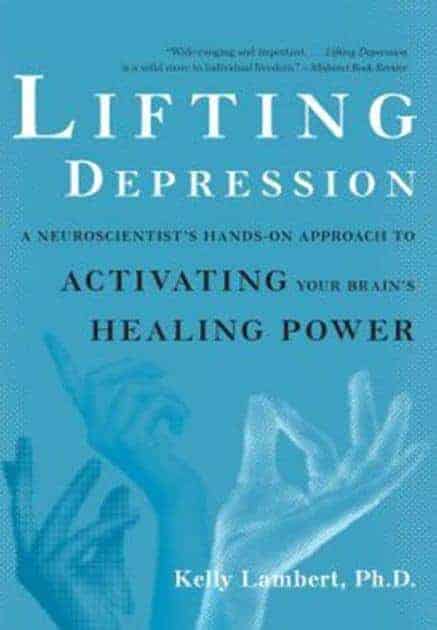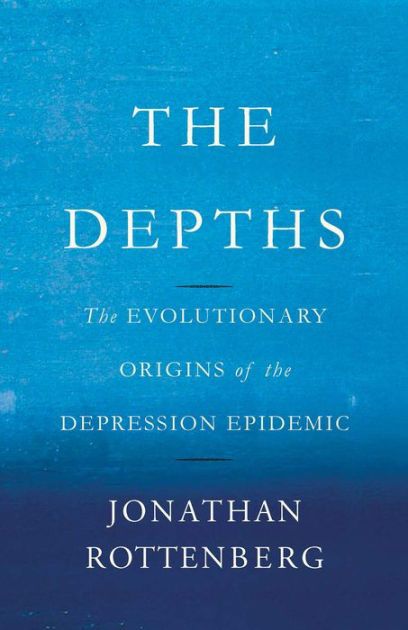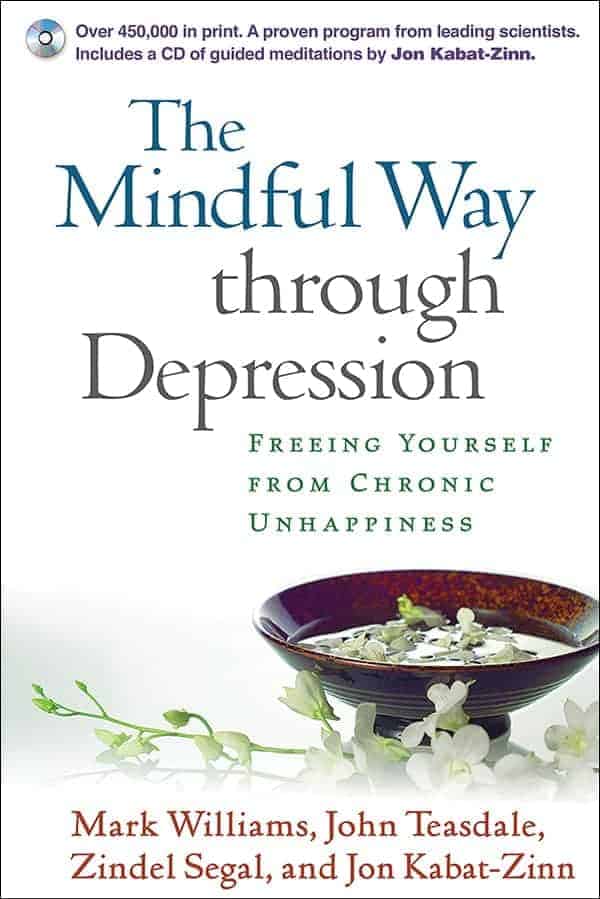Mental Health and Conditions
Persistent Depressive Disorder (PDD)
THC Editorial Team January 20, 2021

Contents
- Overview
- Symptoms of Persistent Depressive Disorder
- Causes and Risk Factors of Persistent Depressive Disorder
- How Is Persistent Depressive Disorder Diagnosed?
- Treatments for Persistent Depressive Disorder
What Is Persistent Depressive Disorder (PDD)?
Persistent depressive disorder (PDD), also called dysthymia, is a low-level, chronic form of depression. Because this condition is ongoing, people with PDD tend to have no positive emotional point of reference for comparison and therefore may view their constant, low levels of depression as normal.
Although PDD symptoms may not be as severe as those of major depression, the long-lasting nature of PDD tends to affect people’s overall quality of life. Someone with this condition may appear persistently gloomy, negative, or unable to enjoy life. PDD can affect an individual’s ability to engage in school, work, or other social situations.
This type of depression is a new entry in the most recent version of the American Psychiatric Association’s Diagnostic and Statistical Manual of Mental Disorders (5th edition; DSM-5). The PDD diagnosis was created by combining two former diagnoses—chronic major depression and dysthymic disorder—because it was established that there were no significant differences between the two conditions.1 Roughly 1.3% of adults in the United States will experience PDD at some point in their lives.2
What Are the Symptoms of Persistent Depressive Disorder?
Symptoms can begin at any age, but they often begin by or before early adulthood.1 At early stages, they may be subtle and often remain unnoticed by the individuals themselves. If symptoms begin during childhood or adolescence, they are more likely to be expressed as persistent irritability or negativity and may affect the individual’s functioning in school and social settings.3
Although some symptoms are shared by most people with PDD, not every person will experience the same symptoms at all times. Symptoms tend to appear, subside, and recur. However, someone with PDD will not be free of symptoms for more than 2 months at a time.3 With PDD, chronic feelings of depression will be accompanied by at least two of the following long-term symptoms:1,3
- feelings of hopelessness
- pessimistic attitude
- sleeping too much or too little
- trouble concentrating
- low self-esteem
- lack of energy
- changes in appetite resulting in weight loss or gain
- difficulty making decisions
- irritability
- loss of interest in normal activities
- decreased productivity
Because people with PDD live with symptoms for so long, they may be unaware of their condition; their symptoms may become normalized. When this occurs, people close to affected individuals may need to raise the issue with them and discuss possibilities for seeking help.
Persistent Depressive Disorder and Co-occurring Disorders
PDD may occur on its own or with another mental health condition. Those with PDD often develop anxiety, and they are also at an increased risk of developing a substance use disorder.4 Additionally, in the United States, 75% of the people diagnosed with this mood disorder are likely to experience a major depressive episode.5 This is often called double depression. However, unlike others who experience a major depressive episode, people with PDD will continue to experience typical symptoms associated with PDD once the episode has passed.
Causes and Risk Factors for Persistent Depressive Disorder
A combination of factors likely contributes to PDD, but its exact cause is unknown.1 Factors that trigger PDD include biological differences resulting in physical changes in the brain, imbalances in certain neurotransmitters that affect brain chemistry, genetic traits that occur in families, and traumatic life events.3
Research indicates that certain factors could increase a person’s risk of developing PDD. These include having a close relative with a depressive disorder, experiencing a traumatic life event or excessive stress, and having a history of other mental conditions.3
How Is Persistent Depressive Disorder Diagnosed?
To detect the presence of PDD, physical tests are conducted primarily to rule out other medical conditions, such as complete blood count; chemistry panels; urine, pregnancy, and hormone tests; and urine toxicology.1 Additionally, a psychiatric evaluation consisting of validated screening tools and questionnaires for depression is carried out. Current and past medical history and current medications are discussed as well.1
Diagnosis requires an interview in which a clinician will assess the duration and severity of a patient’s symptoms. For a patient to be diagnosed with PDD, their symptoms must be present nearly every day for a period of at least 2 years for adults and 1 year for children or teens.
Because of stigma, some people may be reluctant to discuss mental health issues with their healthcare providers. Their physicians should reassure them that such conditions are common and that appropriate treatment will improve their quality of life.
Additionally, people with depression symptoms do not have to wait for 2 years to seek help. Treatments for other types of depression and related symptoms are effective even without a specific diagnosis of PDD.6
Treatments for Persistent Depressive Disorder
A combination of medication and psychotherapy is considered the gold standard for treatment of PDD. However, affected individuals often benefit from long-term continuation and maintenance therapy because of the strong chance of relapse associated with PDD due to its long-lasting nature.7 Additionally, certain lifestyle changes have been shown to be helpful for individuals with PDD.
Medications
Antidepressants, such as selective serotonin reuptake inhibitors (SSRIs), serotonin-norepinephrine reuptake inhibitors (SNRIs), serotonin antagonist and reuptake inhibitors (SARIs), tricyclic antidepressants, and monoamine oxidase inhibitors (MAOIs), are commonly used to treat PDD.7 In some cases, certain antipsychotic medications have also been shown to be effective in treatment.7 It is important for patients to take medications as prescribed and not to cease treatment without a doctor’s approval. Because PDD is chronic, those affected may need to take medication long term. Also, depending on the medication, patients may need to avoid certain foods or herbs to reduce the risk of interactions or side effects.
Psychotherapy
Cognitive behavioral therapy (CBT) and psychodynamic therapy have been found to effectively treat and alleviate the symptoms of PDD.7 These types of therapies help people learn how to identify triggers that make symptoms worse, develop coping strategies in times of stress, and prevent symptoms from recurring.
Lifestyle Changes
Most therapists will recommend that patients eat a healthy and balanced diet and avoid alcohol and other harmful substances that could make symptoms worse. Additionally, regular exercise has been shown to reduce symptoms of depression and is an important component of long-term self-care.3












